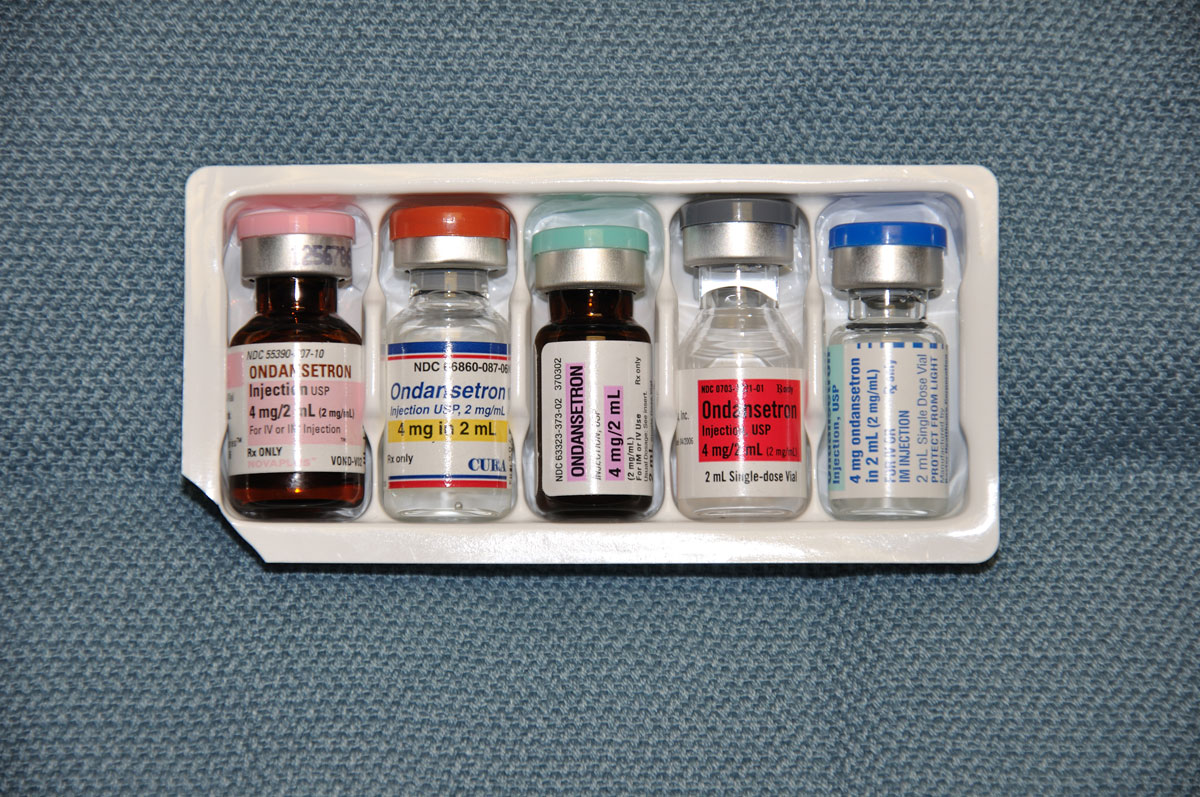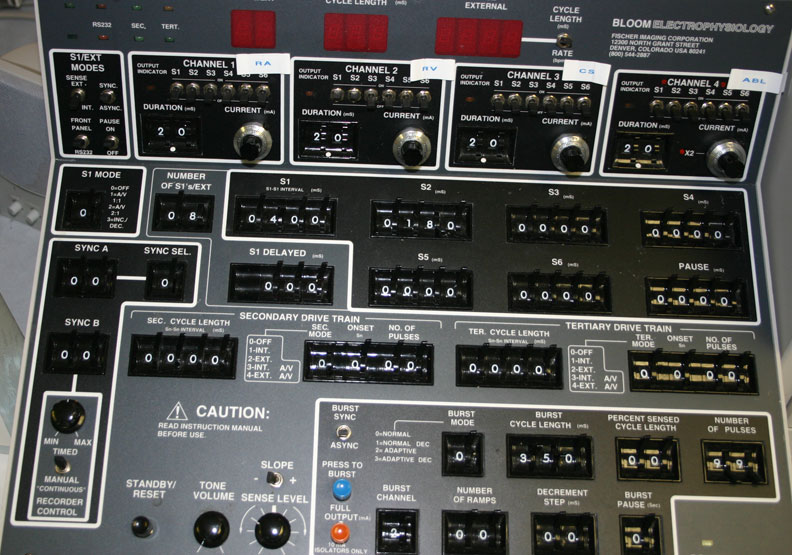
Barack Obama is
placing a heavy bet on health care as the nation’s economic savior.
I wish him well as he goes “all in.”
But his "prescription for change" contains potions that are not a safe bet for our economy. And yet we are told, we have to change,
immediately:
“It’s not something that we can sort of put off because we’re in an emergency,” he said. “This is part of the emergency.”
I nearly had to slap myself when I realized he was saying what I
said they'd say:
“Now we are in crisis. There is no choice in crisis. You must do as we say.”
And so, as part of the Great Promise, we are led to the three cornerstones of the current already-constructed-but-not-yet-implented plan: Information Technology, Prevention, and Paying Incentives for better care. These things, above all others we are told, will save us from ourselves and ultimate economic collapse.
And I’ve got some ocean-front property in Arizona I’d like to sell you.
But before you put down a contract, let’s look briefly at these cornerstones:
Information Technology to Build “Efficiency”To frame my comments, realize that I work in a hospital system with one of the most “efficiently” deployed installations of the hospital information system
EPIC in the country. We have inpatient and outpatient versions of the software fully implemented. It is a wonder to behold as I efficiently
type my operative note, copy the referring physician, and send a copy of my note to our billing personnel before the patient even leaves the operating room. Within seconds, literally, the ICD9 codes are analyzed, the diagnoses cross-referenced to assure they jive with the procedure codes, the whole package sent to the billing “scrubbers” to be sure the electronic Medicare claim submission form has all the t’s crossed and the i’s dotted, and * BOOM* off to Medicare the bill is sent, even before the patient leaves the laboratory. Man, talk about efficiency!
If there’s something out of whack when Medicare gets it, it’s sent back electronically, with a pointer to the boo-boo, and because of the “efficient” claims denial service that “works” the accounts receivable to get back to me as I see another patient so I can change the diagnosis code to a “more appropriate one” that will insure payment according to their “efficient” reimbursement assurance algorithm: *ZAP* we send it back. It’s the most efficient game of electronic ping pong you’ll ever see! So efficient, infact, that instead of our accounts receivable of 110 days before the system, we’ve now cut them to about 38!
And as anyone in business knows, cutting the time in accounts receivables to less than half is REALLY how you measure efficiency of any business system!
Oh sure, there are plenty of other “efficiencies” built into IT like ours. It’s hard to quantify them all. Nurses
love the "efficiencies" of charting now. And who can argue with the efficiencies of lab reporting with this system? It’s truly remarkable to order a test and get the results routed to your inbasket the same day or maybe even within the same hour. Seriously, it’s impressive. I’d hate to do without this now that we have it. This is "good" efficiency because it helps doctors to their jobs. Zipping those reports instantaneously to me and providing them to the referring physicians probably shortens hospital stays and saves money, but is that enough to offset the cost of the additional testing that's being performed these days? I wonder.
That's because electronic medical records greatly facilitate
ordering tests, too. Tests that haven’t been done in a year or screening tests that are made to assure “quality.” (“Gee, I wonder how his ejection fraction is doing? Maybe I should get another echo.”) Alerts can be programmed to assure you order tests or consults. Just a simple *click* and another test is on its way. Increasingly when patients are admitted, nearly every one has a “critical pathway” designed for “efficiency” of care based on “best practices.” Panels of tests and consults medications are ordered automatically with just one click rather than ordering them individually. What could be more efficient? Heck, it’s so easy, I just want to order MORE, don’t you? Get them in, get them out. Over their length of stay? Where’s our Coordination of Care representative? Can't we move him to a skilled nursing facility? Let’s GO people! Efficiency, efficiency, efficiency!
Seriously, where is the cost savings to our health system with this model of “efficiency?” Is it to our health system as a whole or for the business administrators who get their money faster from the Medicare National Bank while it’s still solvent? Will skilled nursing facilities be our Great Savior in this time of economic need as we try to demonstrate cost savings to the system, or will they just facilitate patient bounce-backs? Will we dare to examine this?
Prevention to Save CostsThis cornerstone scares me because short of the public health initiatives of seat belts and smoking bans, we’ve done poorly at saving money with “prevention” initiatives when it comes to costs. One only needs to look at Illinois who still permits motorcyclists to ride without a helmet to have some understanding for my skepticism here. Or nationally, we can look at the Jupiter trial that
promises to save millions of lives if we just put patients on a little Crestor. I’m feeling cost savings there! And prevention effectively
means more testing of the healthy, more ominous spin from reporters assuring your death if you don't get checked, and plenty of advertising to boot, which leads to more revenues and costs. But it's all in the name of “efficient use of our health care dollar," remember? We're so proud of our "guidelines," too. Even when these "guidelines" are manipulated to assure people receive expensive tests or devices "in the name of quality." It's hard to see the cost savings here, folks.
Paying Incentives for Better CareNow this is an interesting concept that is so flawed it boggles the mind. If we just do as the Big Boys say, walk lock-step in unison with the ever-growning (now, 153)
Great Directives, we will be paid the full amount due. Seriously, do the policy wonks think hospitals and doctors were born yesterday? Presently, legions and legions of people now work on the Hill just to get a jump on the Lastest Edict coming from On High so they can implement the change to their work flows and assure payment from the Medicare National Bank. (You know, I’ve got a dog I can train to do just about anything I want, too.) But where are the cost savings with this model? To date, pay-for-performance initiatives have been a dismal and utter failure at controlling costs. By their own
admission:
"Since we began accepting the quality data in July 2007 for the 2007 PQRI, we have identified and begun to remedy issues and questions raised about the 2007 PQRI results and feedback. CMS analysis of the results of the completed first cycle of reporting has identified a number of unanticipated issues we believe may have impacted the success of physicians and other professionals in meeting program requirements for reporting quality data. These issues, which are outlined in more detail in this report, include claims-based reporting mechanisms issues, National Provider Identifier (NPI) numbers not being included on the claims forms, incorrect quality reporting data or claims submission errors and the content of the feedback reports."
In our system, it cost more to implement this "initiative" than earned from Medicare. But why stop? We should do MORE! Change those doctors' behavior! Tell the IT boys with their “efficient” systems to put a “hard block” in their orders so they HAVE to be sure to order another test or write a prescription or show that we’ve counseled them on smoking (we did, didn’t we?) to assure we get paid. Look how “efficient” we are! See the money we're saving?
And so it goes.
IT, Prevention, and Pay-for-Performance: all bad bets for cost savings. But as Mr. Obama goes “all in” by building health care bigger, we must realize the risks inherent to this approach for our economy. Can we really provide “affordable, accessible health care for every single American,” without even a modicum of conversation about the true costs involved?
These bedrocks for change, while interesting, will be a losing hand for our economy without serious constraints on spending. Instead, get the employers out of the game (what are they for anyway? They only cloud the real costs involved). Provide incentives for training and maintaining primary care doctors. Work tort reform nationally. Discuss and implement end-of-life care limitations. Transparency. Cut the middle men. Do the Insurance Pool thing. Spend a little up front on IT so we can SIMPLIFY billing and collections.
But please, oh PLEASE, stop touting prevention and pay for performance as our health care saviors.
To do otherwise is risking fiscal disaster.
-Wes




